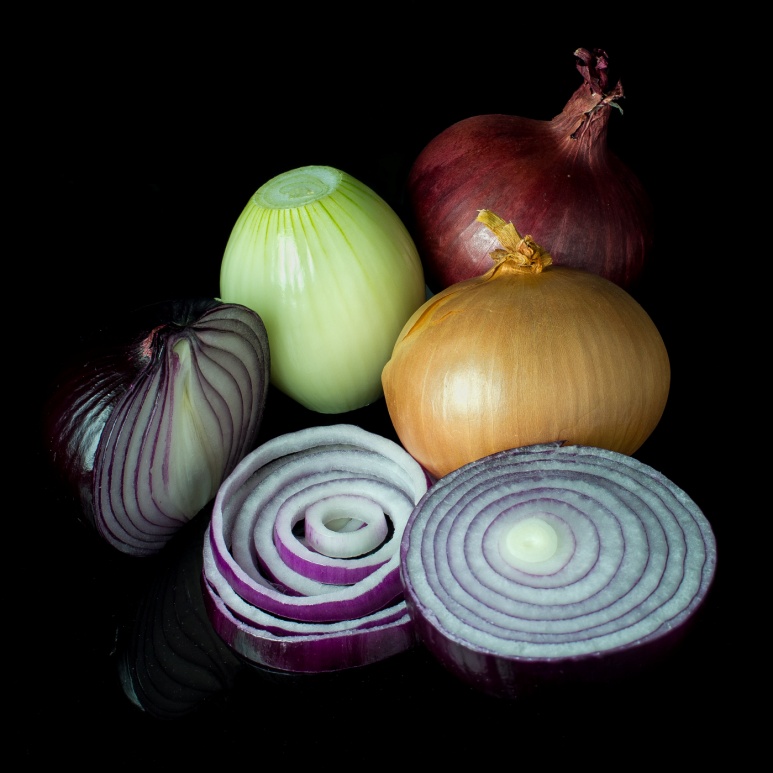Winter is the time for these vegetables to shine.

Winter is the time for these vegetables to shine.
Red, white and yellow onions: They’re generally interchangeable, but their differences, although subtle, are just enough that they are called for by specific types for each recipe.
Yellow onions are the driest, so they hold up the longest in the pot (and in your pantry), making them ideal for long cooking. Red onions are faintly sweeter, so I prefer them for slightly quicker caramelization and when I want their lovely boost of color. White onions are highest in water content and the mildest, so they can be a good choice for a raw garnish. I like to use a mix of all three for stuffed onions.
One maxim worth repeating is that you should always, when cutting onions (or any other vegetable, for that matter), use a sharp knife. A dull one will bruise the flesh, which leads to ragged slices that are prone to stick to a pan’s surface.
Likewise, avoid nonstick cookware when cooking onions; it discourages proper (and delicious!) coloring.
One applies the knife across the grain, to produce the familiar onion ring shape. Slices like these will break down more quickly, so I’ve called for this approach in soup, where the onions will help thicken and sweeten at the same time.
Cutting onions with the grain, from end to end, produces crescent-shaped slices. Incidentally, onions are also less pungent when sliced this way, so I call for this slice in a salad, as well as in a pasta dish, where they stand up a bit better to the higher cooking temperature.
When you begin to cook, take a moment to linger on the onion’s fragrance, the way it fills up the room with warmth. As Elizabeth Robins Pennell wrote, with reference to a Stevenson poem: “‘Rose among roots,’ its very name revives memories of pleasant feasting; its fragrance is rich forecast of delights to come.”
When those delights are in winter, all the better.
Emily Horton is a freelance writer in Seattle
